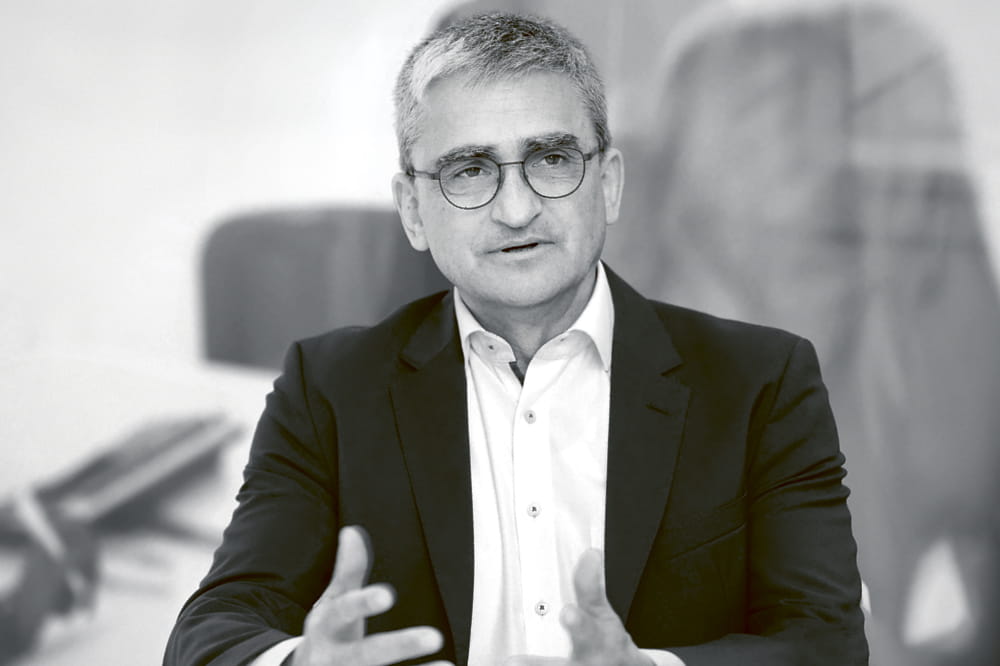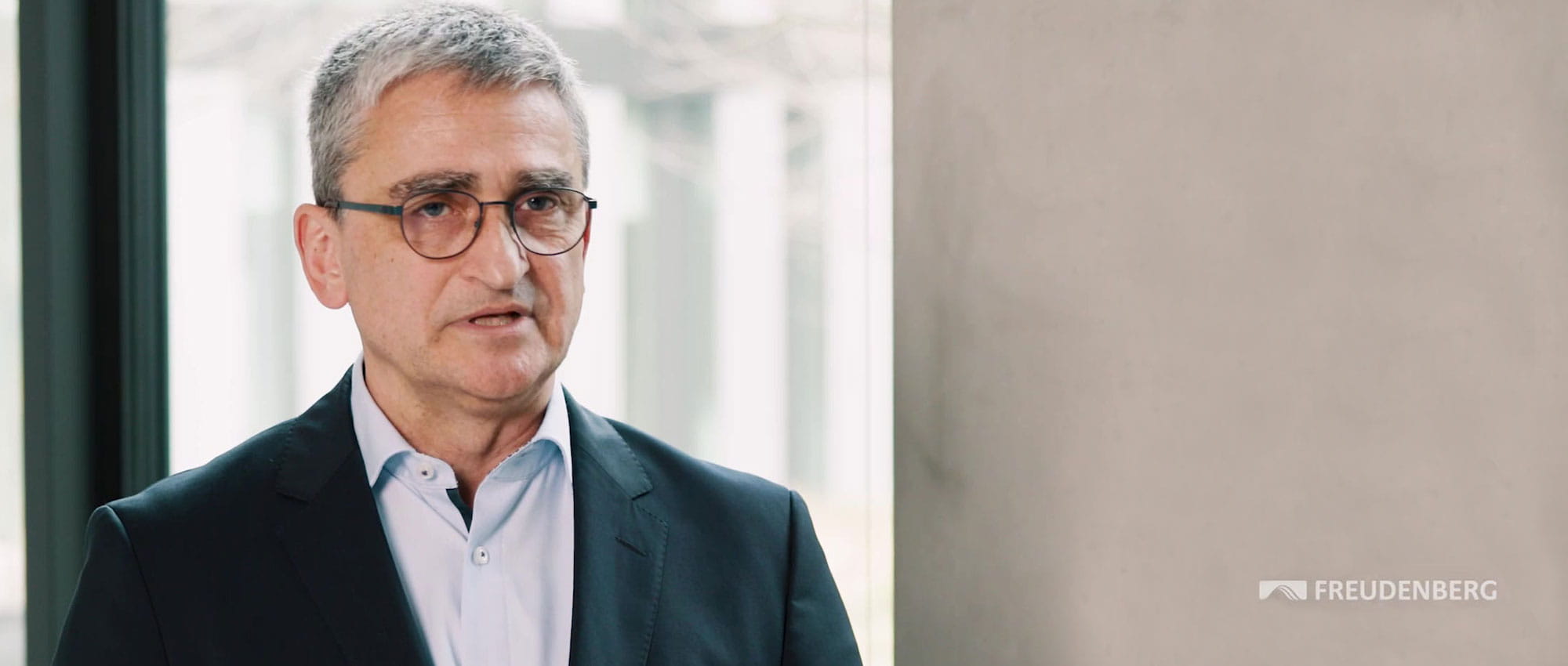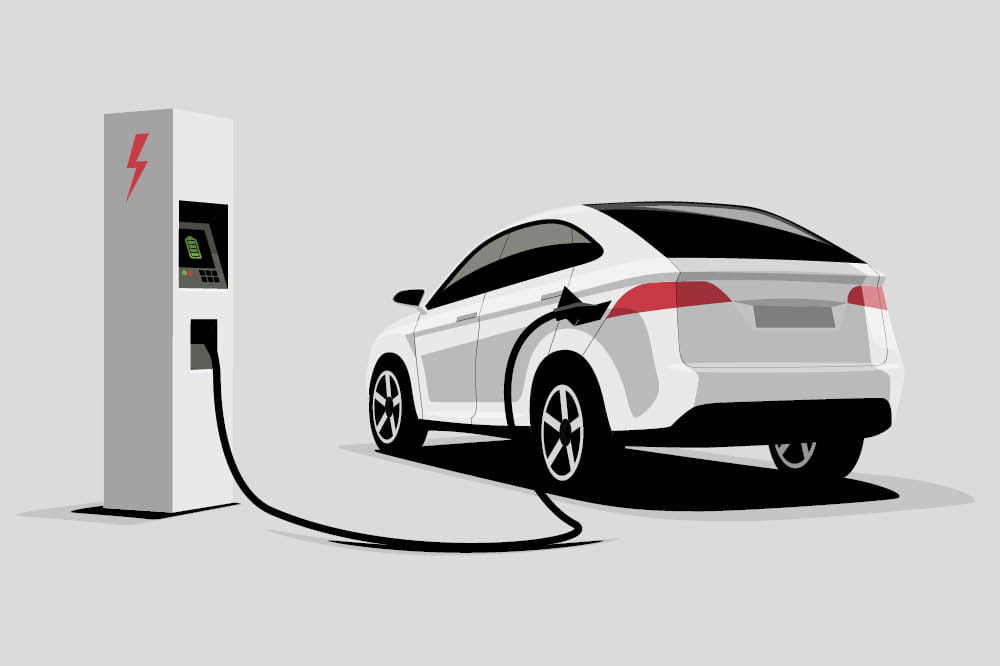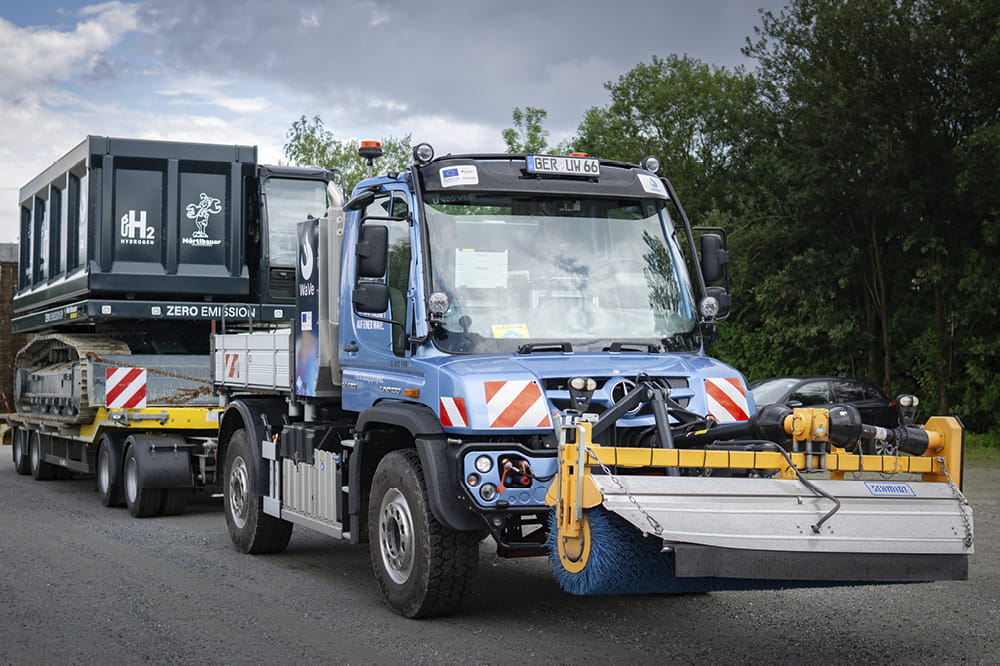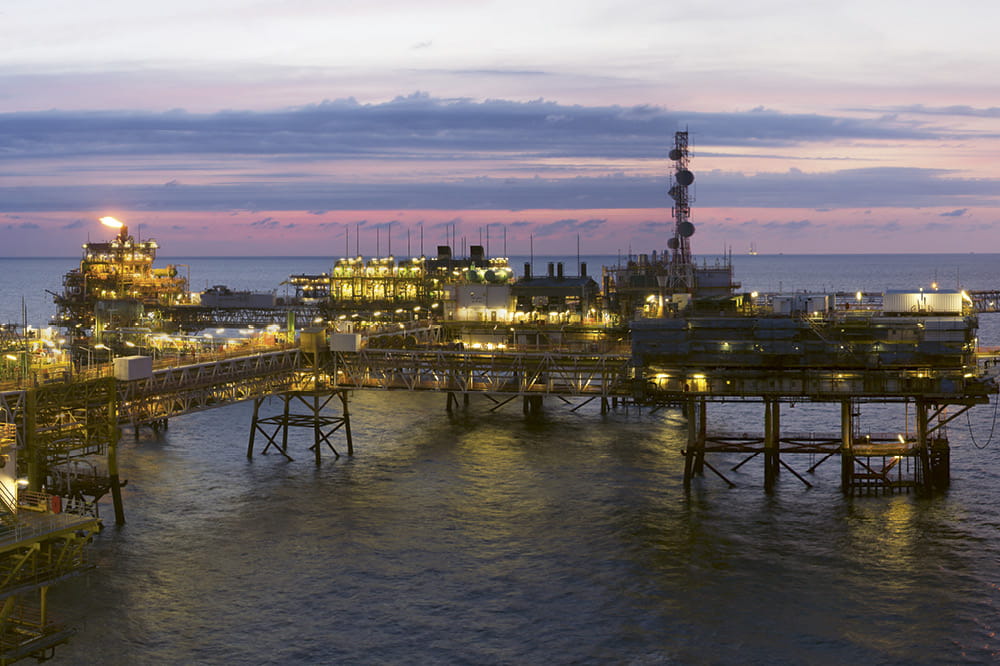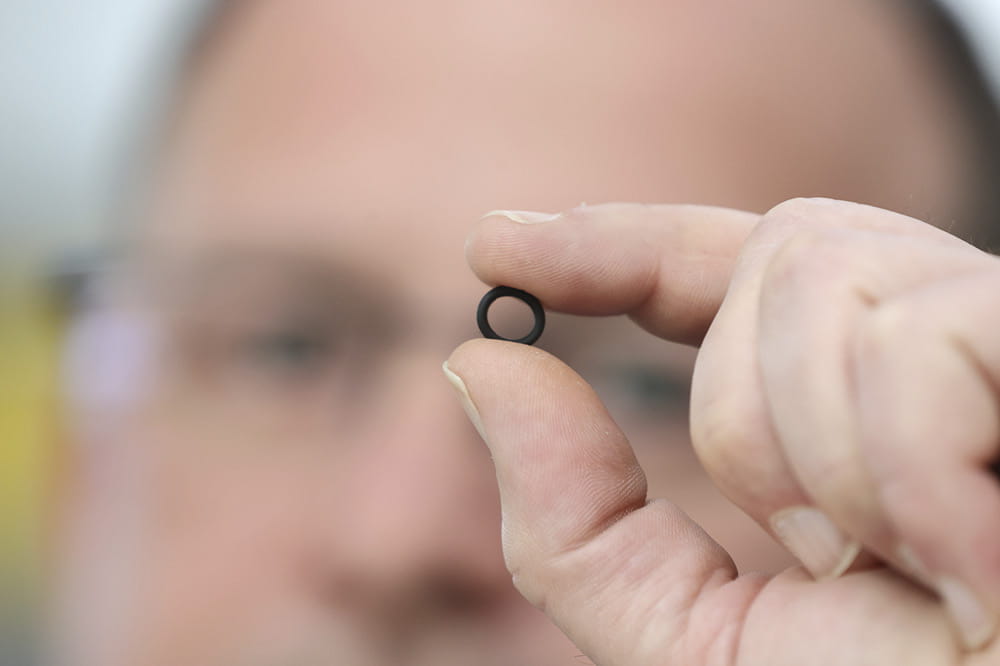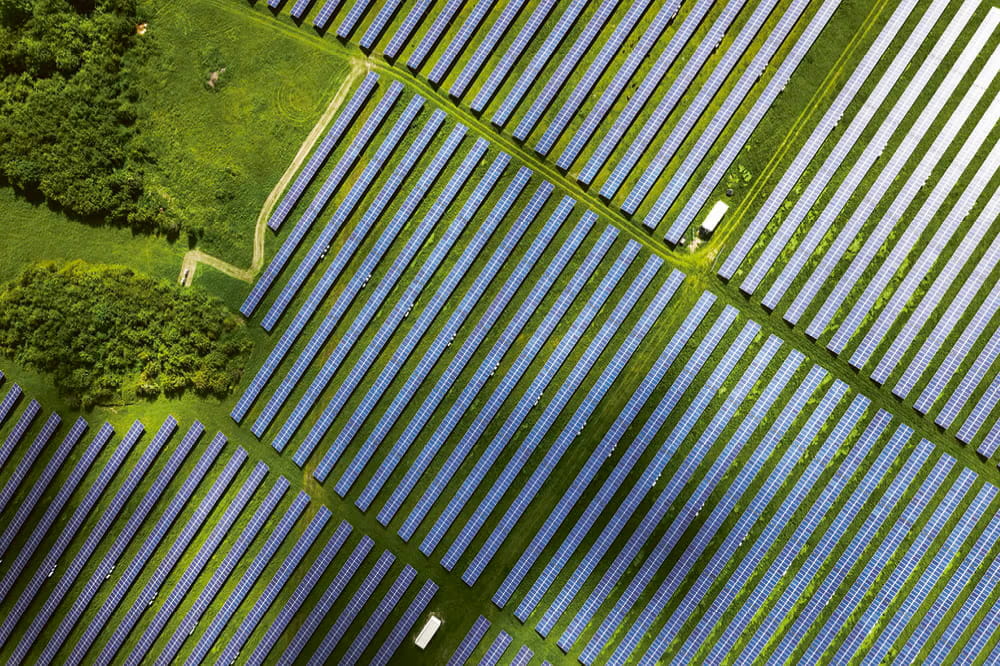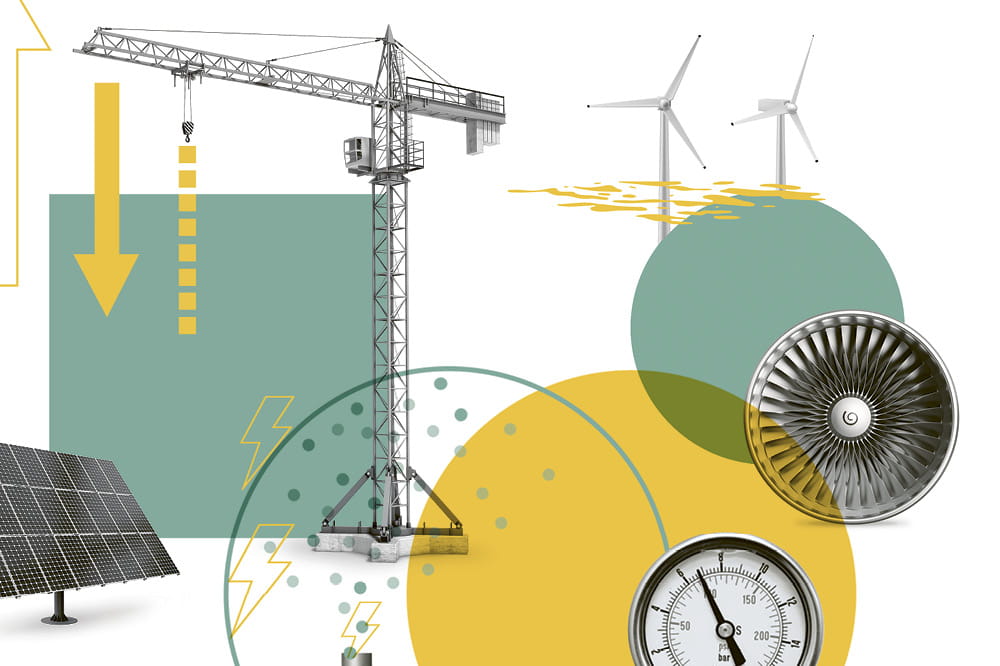Obtain news and background information about sealing technology, get in touch with innovative products – subscribe to the free e-mail newsletter.
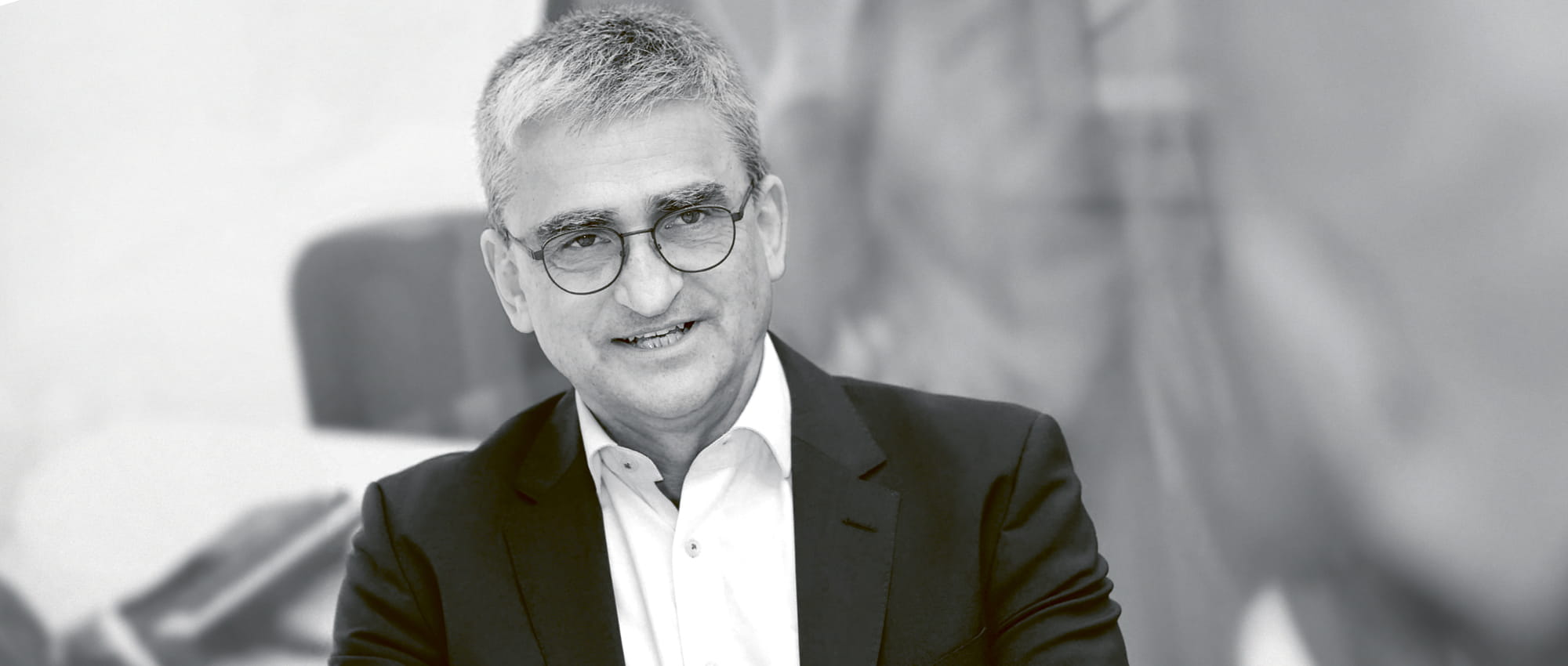
“There’s a Lot of Movement“
Various forms of renewable energy are in flux or seeing bursts of innovation. Herbert Mayer, Vice President, Global Power Sector at Freudenberg Sealing Technologies, explains the opportunities for hydrogen, why seals are important for wind energy and why companies are investing in green energy worldwide.
Mr. Mayer, is the history of energy a history of innovation?
Herbert Mayer: Well, the ancient Egyptians had sails for their ships so they were making good use of wind energy. We talk about Edison’s lightbulb, the steam engine and photovoltaic systems, which came along later. So, yes, innovation has always been a key factor in making energy useful and convenient to use.
But only one driver of many?
Mayer: With one invention, you can take a big step forward, but it must also be carried out technically and made available to a broad public. For example, more than two-and-a-half decades ago, Freudenberg Sealing Technologies began developing sealing concepts for hydrogen and fuel cell technologies. At the time, it was thought they would have potential for the auto industry at some point. The timing was wrong. But we learned a great deal that is immensely helpful to us today. We know hydrogen is an important topic in fields well beyond the automotive sector – from its use in ship engines all the way to the green hydrogen produced in electrolyzers.
The range of applications for hydrogen has become incredibly diverse.
Mayer: Indeed. There is a lot of public discussion about the use of hydrogen as a substitute for fossil fuels. But we must consider the entire value chain, that is, from its production and transport to its use as a storage medium. There are a great many projects worldwide that deal with these aspects. In electrolyzer plants, we have already reached the scale of several hundred megawatts, and we definitely need to be thinking in terms of gigawatt factories over the next few years. That will allow us to replace the power plants that burn fossil fuels in the medium term. Products and materials from Freudenberg Sealing Technologies can make a major contribution to these developments.
Listen to: Herbert Mayer
Listen to: Herbert Mayer
Why are seals so crucial in these cases?
Mayer: Because the core element of any fuel cell and any electrolyzer is the stack, meaning the plates through which hydrogen and oxygen are conveyed. These plates need to be leak-tight and resistant to the media that pass through them, as well as the media created during the process. And it all must be scalable to industrial production levels. This is crucial, and it takes material expertise to do it. This is hardly a trivial matter. It brings us back to the topic of innovation.
But hydrogen is more than just a fuel.
Mayer: As I mentioned, it is a storage medium as well. I can use it to store green electricity to make it easy to manage. I can transform hydrogen into various aggregate states – into a gas for pipelines, into a liquid, or into ammonia – and then store and transport it.
Listen to: Herbert Mayer
Listen to: Herbert Mayer
Does that make it superior to batteries?
Mayer: That depends on the application. Battery-electric systems are a very useful means of storage, but it is very expensive to scale them up for large industrial installations. In these cases, hydrogen can be the better alternative. We are now seeing global competition between technologies. This brings us back to innovation. It all comes down to whether the concept can be carried out efficiently and economically – and whether you can guarantee its availability. In the end, the activation for the end-user always involves costs. Innovation doesn’t work as an end in itself. It requires social acceptance and structures.
That applies generally to green energy. Are you optimistic about the political and economic framework for it?
Herbert Mayer: We have noticed that it is not just green startups that are talking about renewable energy – it is established energy companies from the fossil fuel sector as well. They sense that the transformation is coming and want to help shape it. We are seeing an extremely strong focus on renewable energy – and on the need for investment. We are simultaneously seeing heavier financial flows into climate-related investments. There are significantly greater opportunities for growth in renewable energy right now. Freudenberg Sealing Technologies is involved in many of these future-oriented projects, and the door is open to development partnerships with customers all along the value chain. Take wind power for example: We see Asia, and especially China, as the most dynamic region for this type of energy.
Earlier this year, an 18-megawatt wind turbine was announced there.
Mayer: Four to five megawatts are the standard for onshore installations worldwide. The figure is about 12 or 14 megawatts for offshore installations. Rotor diameters for large installations have now exceeded 250 meters. Just the installation of these turbines takes a huge logistical effort. We are not even talking about operation and maintenance at this point. These dimensions naturally impose other technical requirements, including for longevity. The maintenance of an offshore facility is only feasible by ship or helicopter and at great cost. Freudenberg Sealing Technologies comes into play as a sealing expert here as well. We are setting new performance standards with our Seventomatic seal for large bearing diameters, while supporting our customers in their efforts to achieve greater sustainability. China is in the headlines due to increased CO2 pollution. But in many fields, the country is a pioneer in making alternative technologies commercially viable.
To what extent is the sustainability of turbine seals an issue?
Mayer: Lubricating liquids are used in wind turbines, to cite one example. No one wants to see oil slicks on their land or at sea. This is especially the case when the slicks are adjacent to a nature preserve. There are more stringent demands on seal performance in these areas. The same applies to hydropower plants.
That technology has been around for so long that people often seem less aware of it.
Herbert Mayer: Existing hydropower plants are often well accepted – but when new facilities, pump storage power plants, and reservoirs are considered, the public becomes highly sensitive to the problems associated with them. We know that they are not necessarily good for flora and fauna. Incidentally, that’s why discussions have been underway for years on whether hydropower plants could be used “offshore,” that is, as power stations harnessing tidal flows at sea. There have been numerous pilot projects in the field, but there hasn’t been a breakthrough yet. We are watching the developments with interest since the technical demands on seals would increase due to the aggressive nature of saltwater over their lifespan. In this area, Freudenberg Sealing Technologies can capitalize on its material expertise.
Listen to: Herbert Mayer
Listen to: Herbert Mayer
That also applies to solar energy.
Mayer: Yes, there are challenges there as well: The regions where solar farms can be operated efficiently pose special challenges, with regard to UV resistance, for example. Effective measures to seal the installations against dust, sand and water are also necessary. A lot of money is being invested in solar power and bringing opportunities to the global South. These regions have been unable to build up their own industries. Incidentally, hydrogen plays a role here, too, enabling energy transport over fairly long distances to developed countries.
Where do you get your energy?
Mayer: From good conversation with friends and family – and from a day in the mountains. In a sense, I am my own pump storage power plant. Professionally speaking, from cooperation with my team, the variety of tasks in my everyday work, and the willingness to go off the beaten path at times. That is a source of joy and energy.
This article originally appeared in ESSENTIAL, Freudenberg Sealing Technologies’ corporate magazine that covers trends, industries and new ideas. To read more stories like this, click here.
More Stories About Renewable Energy

Join Us!
Experience Freudenberg Sealing Technologies, its products and service offerings in text and videos, network with colleagues and stakeholders, and make valuable business contacts.
Connect on LinkedIn! open_in_new